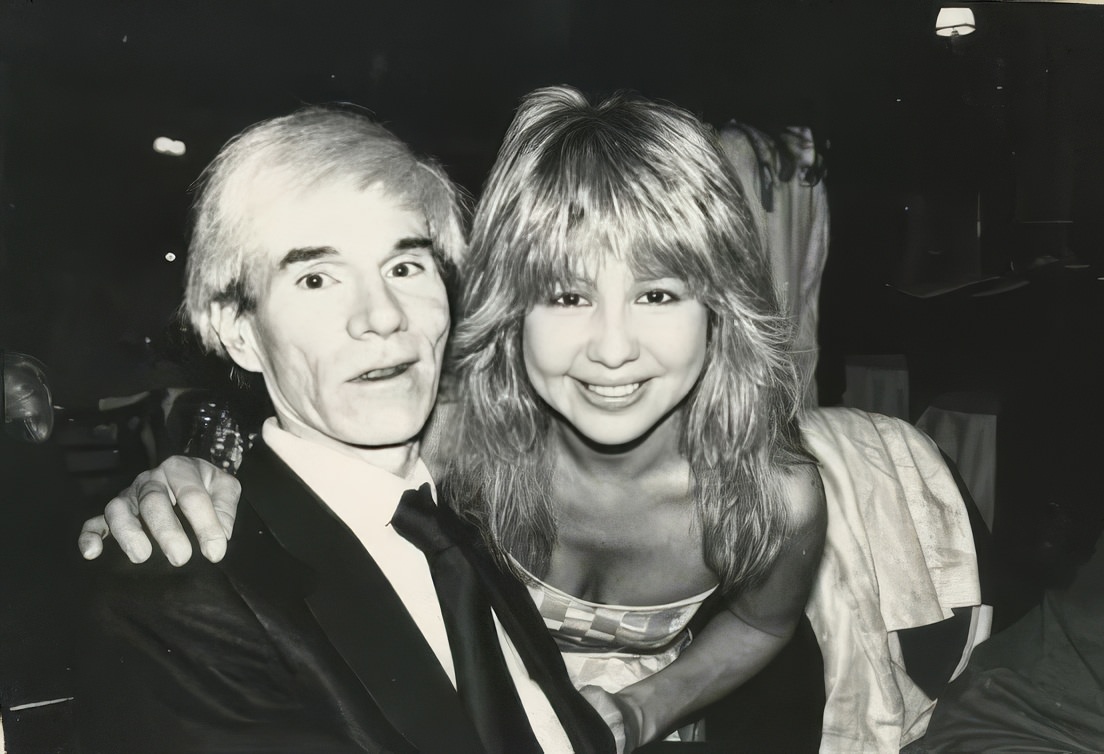Pia Zadora, born Pia Alfreda Schipani in 1954, had already experienced the capricious nature of fame by the early 1980s. After an early start on Broadway and a memorable, if not peculiar, role in “Santa Claus Conquers the Martians” (1964), Zadora’s adult career in film was catapulted into the national consciousness with her role in “Butterfly” (1981). Her performance in this film earned her the dubious honor of receiving both a Golden Globe Award as New Star of the Year and a Golden Raspberry Award for Worst Actress—highlighting the often polarized reception of her work.
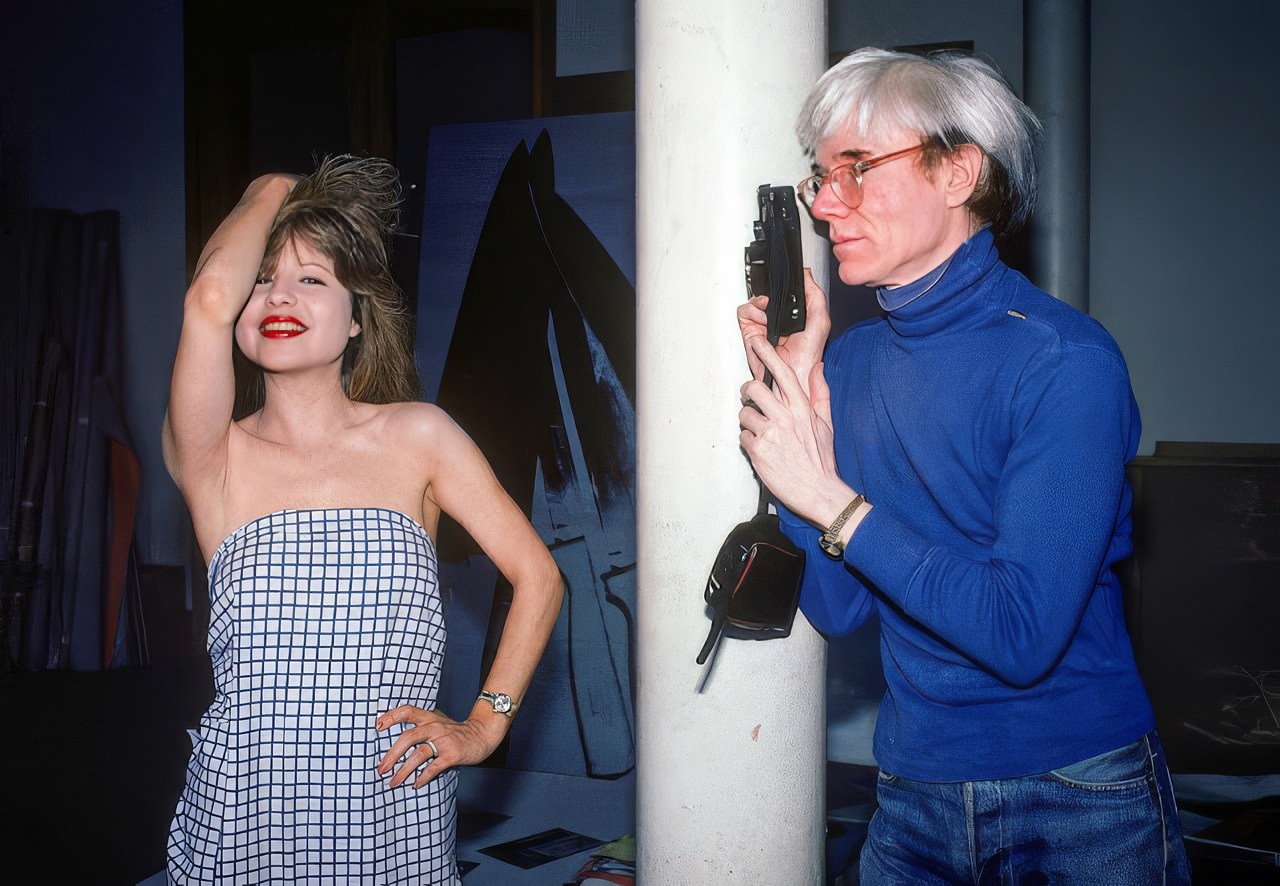
Transitioning her focus to music after the rollercoaster of her film career, Zadora sought to reinvent herself as a singer. By 1983, the year of her photoshoot with Warhol, she had released several albums that showcased her vocal talent, notably veering towards popular standards and backed by symphonic orchestras.
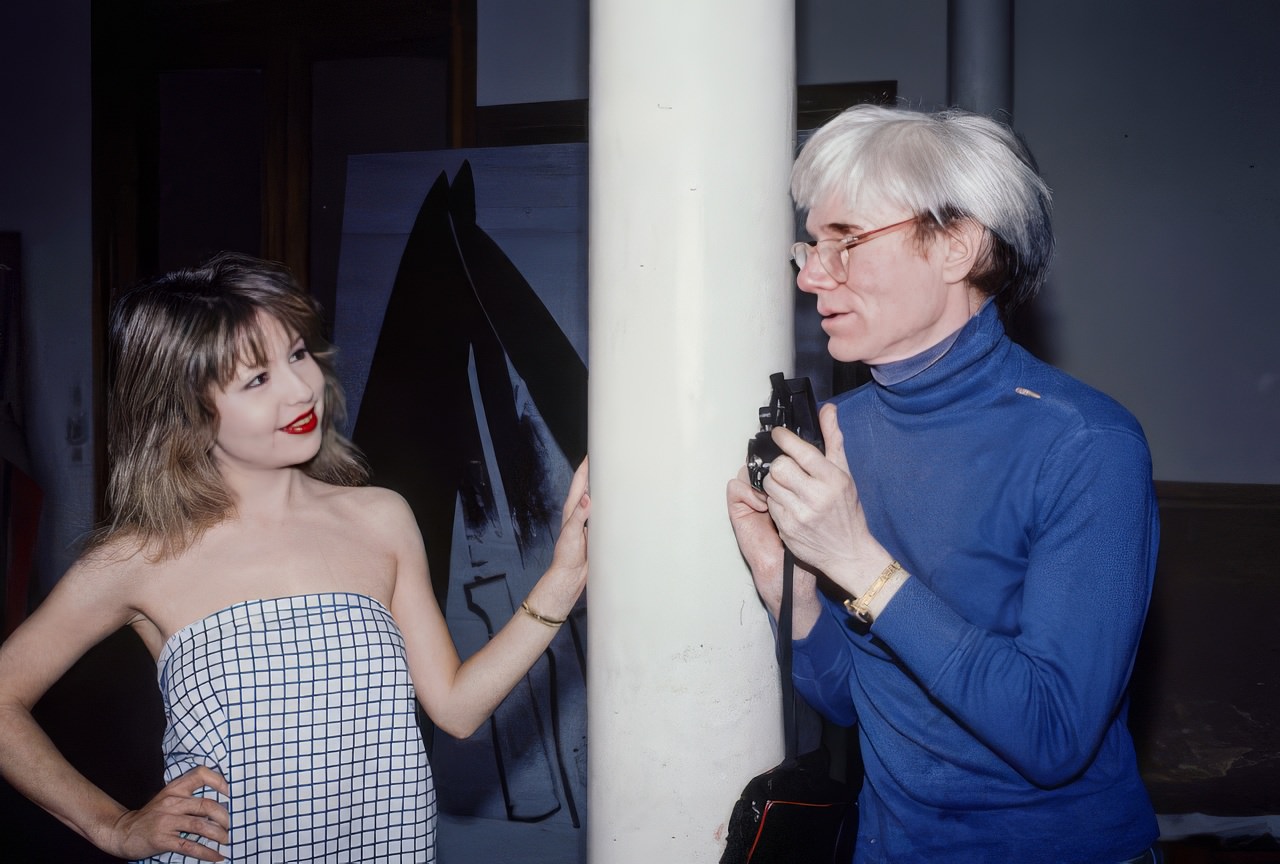
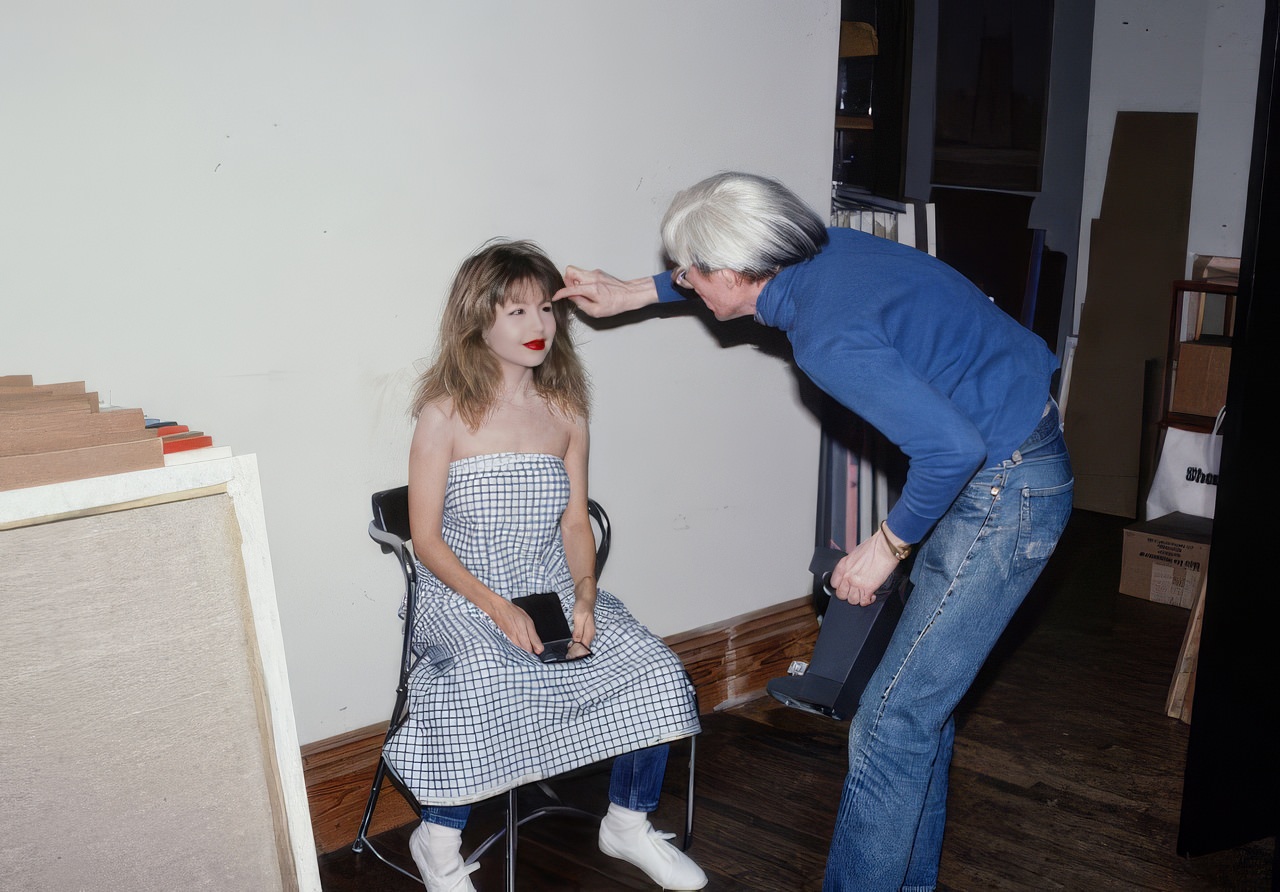
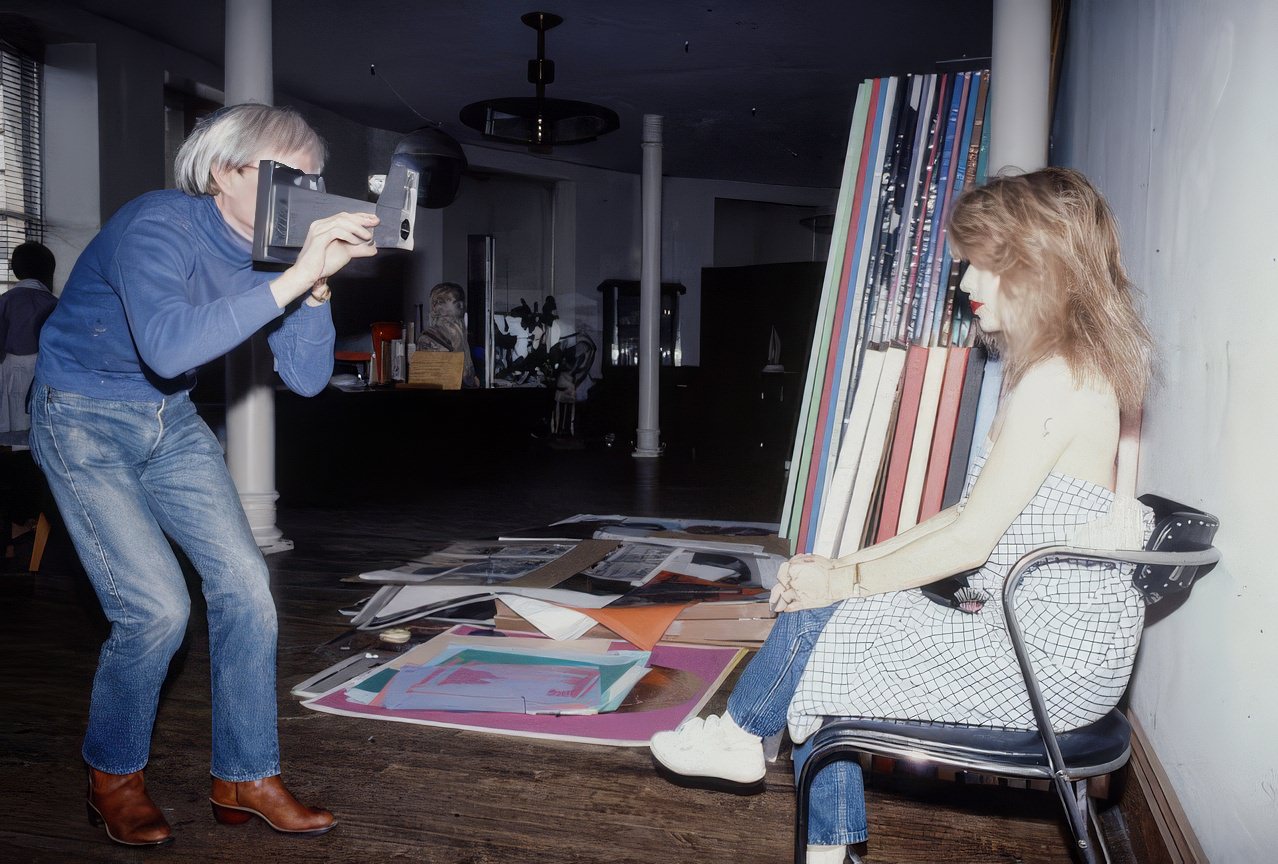
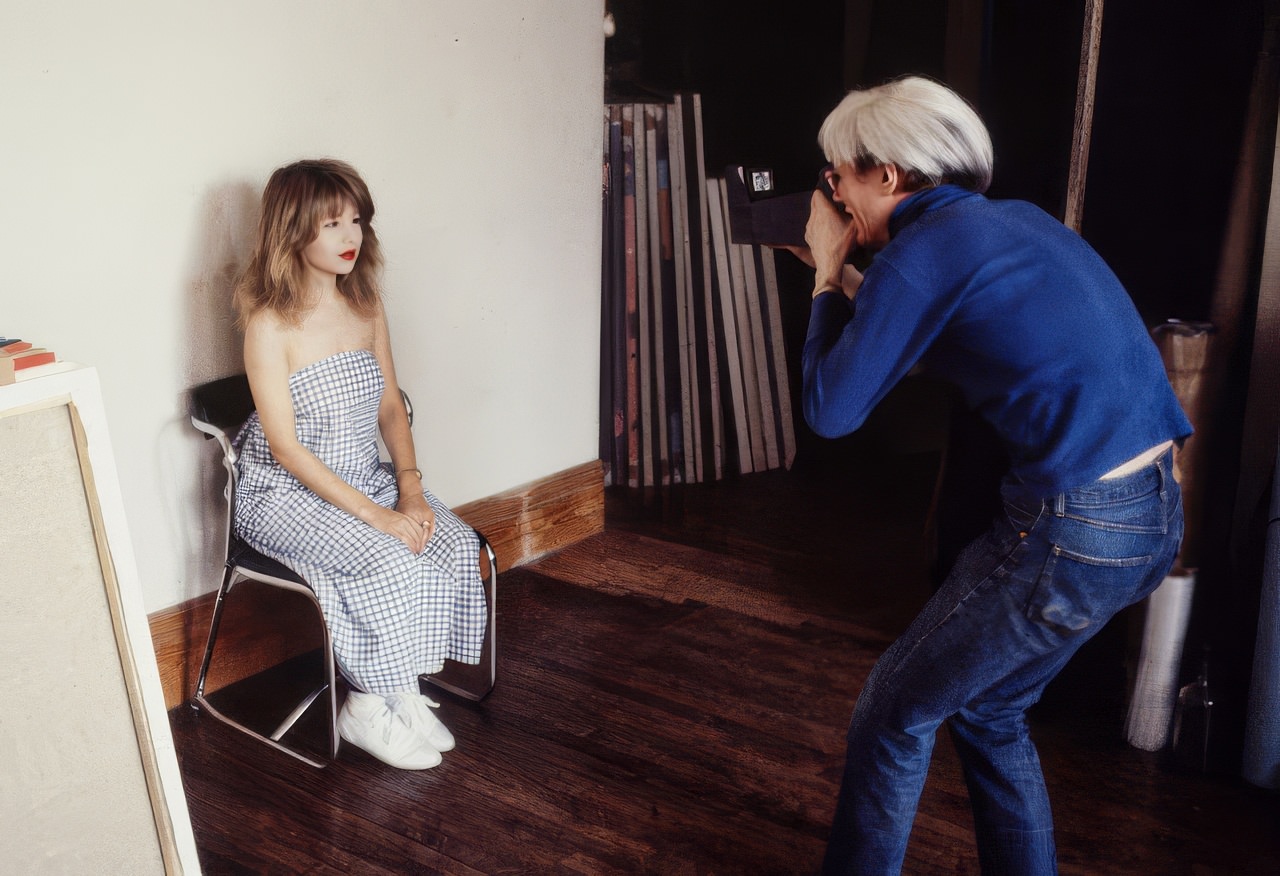
Andy Warhol, by 1983, was already a seminal figure in the art world, known for his revolutionary contributions to pop art and his keen observations on celebrity culture and consumerism. Warhol’s Factory, a studio and a hotspot for New York’s artistic and social elite, served as a crucible for his eclectic creations and collaborations. His interest in Zadora, a public figure who had navigated both acclaim and critique, was characteristic of Warhol’s fascination with the mechanics of fame and the personas it created.
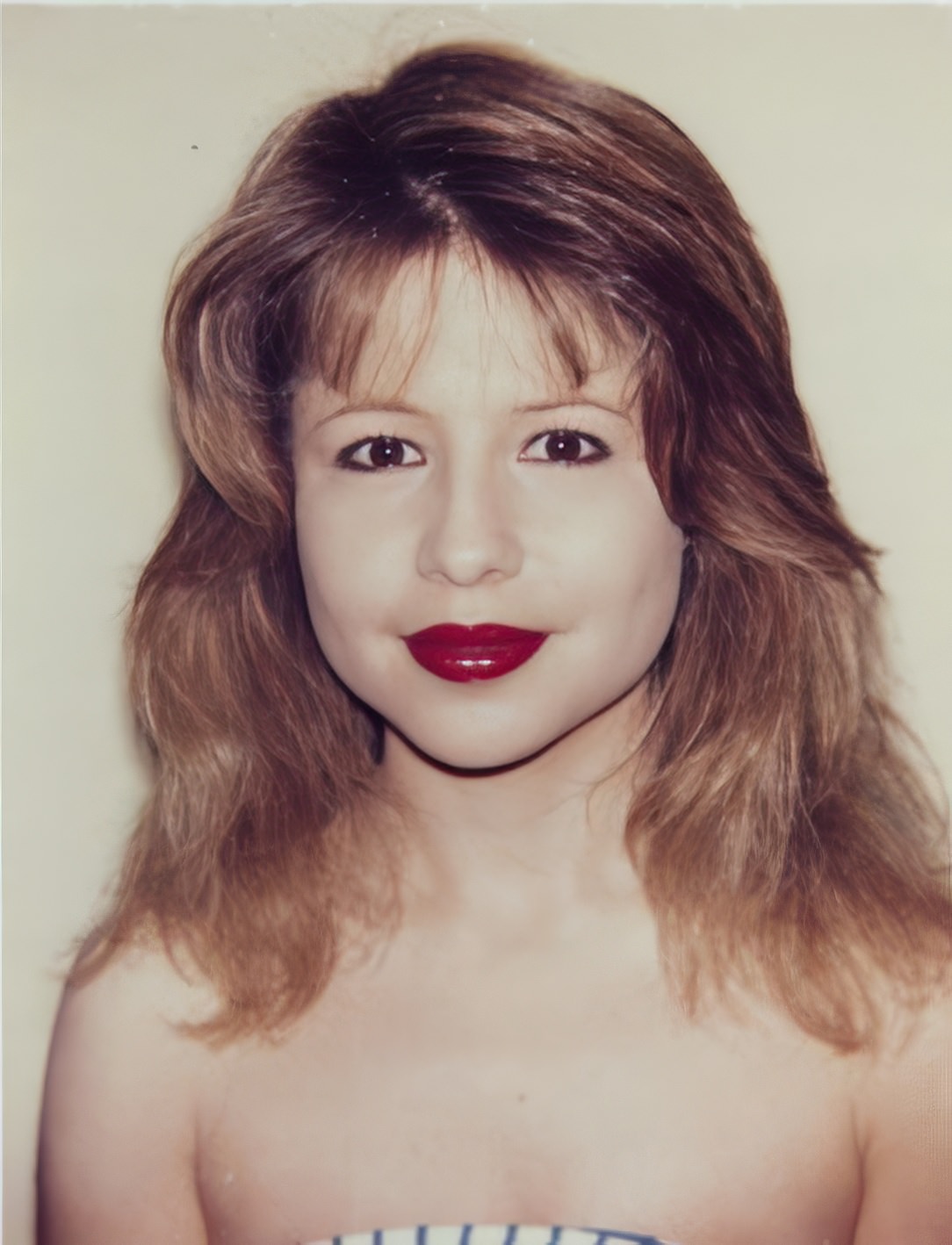
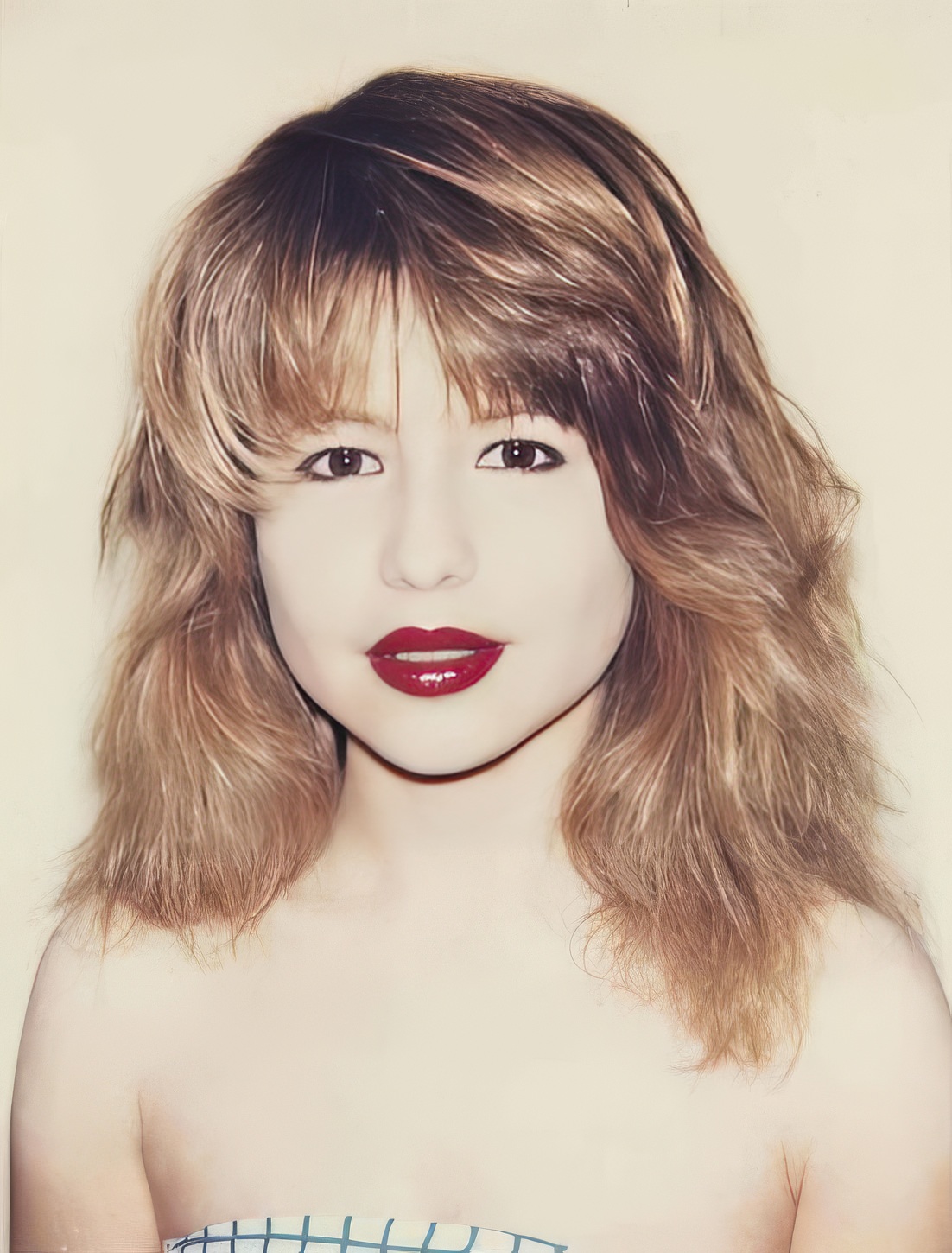
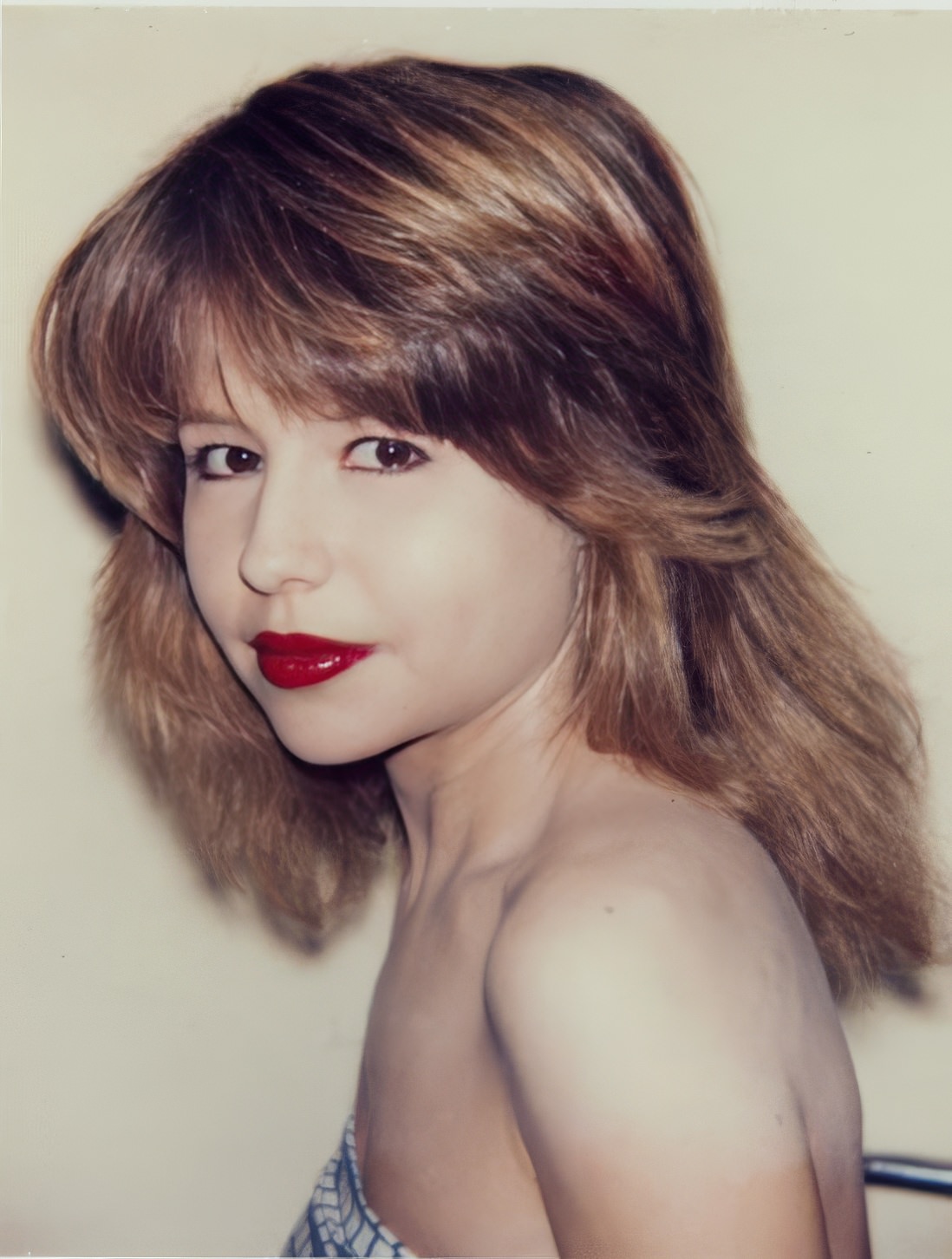
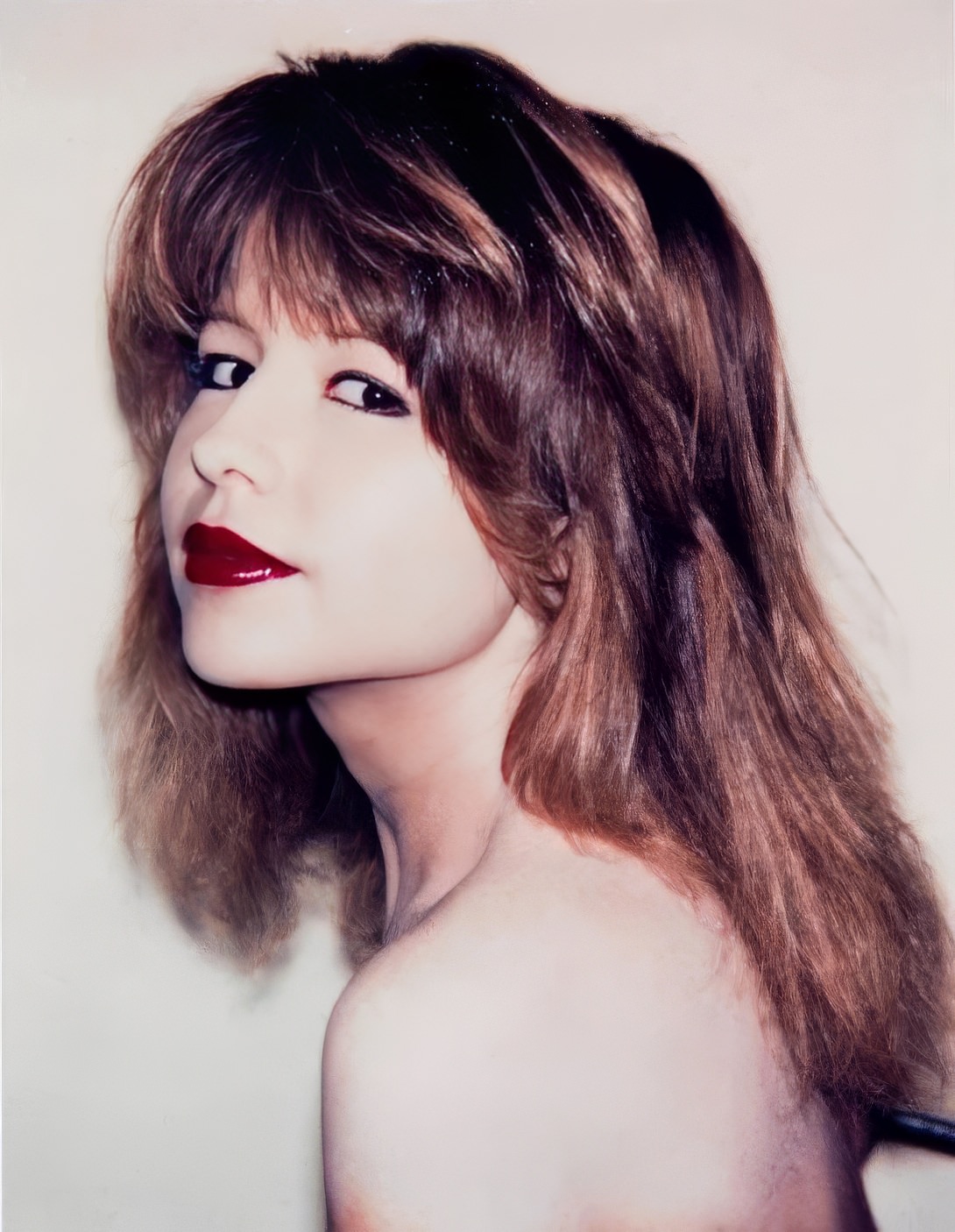
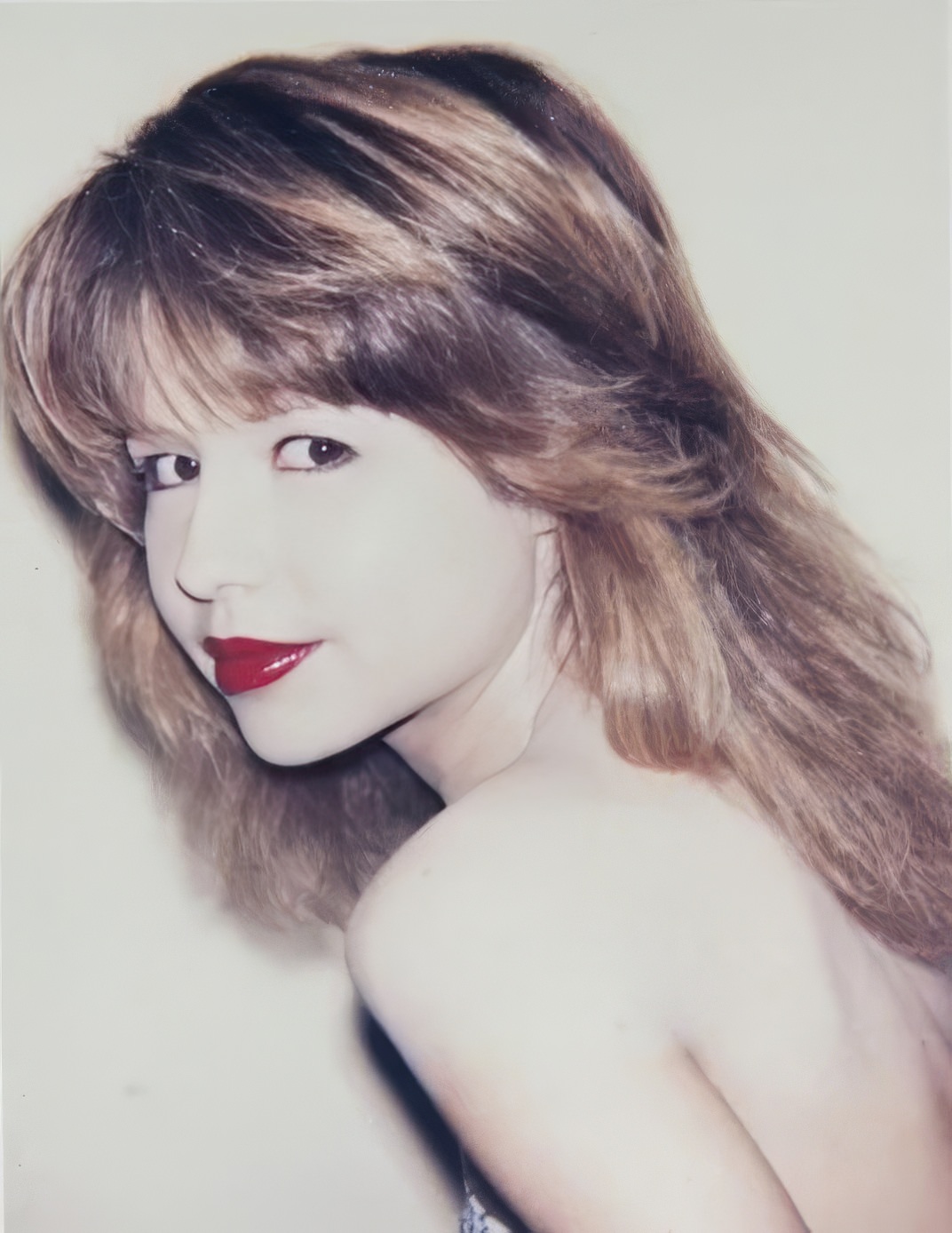
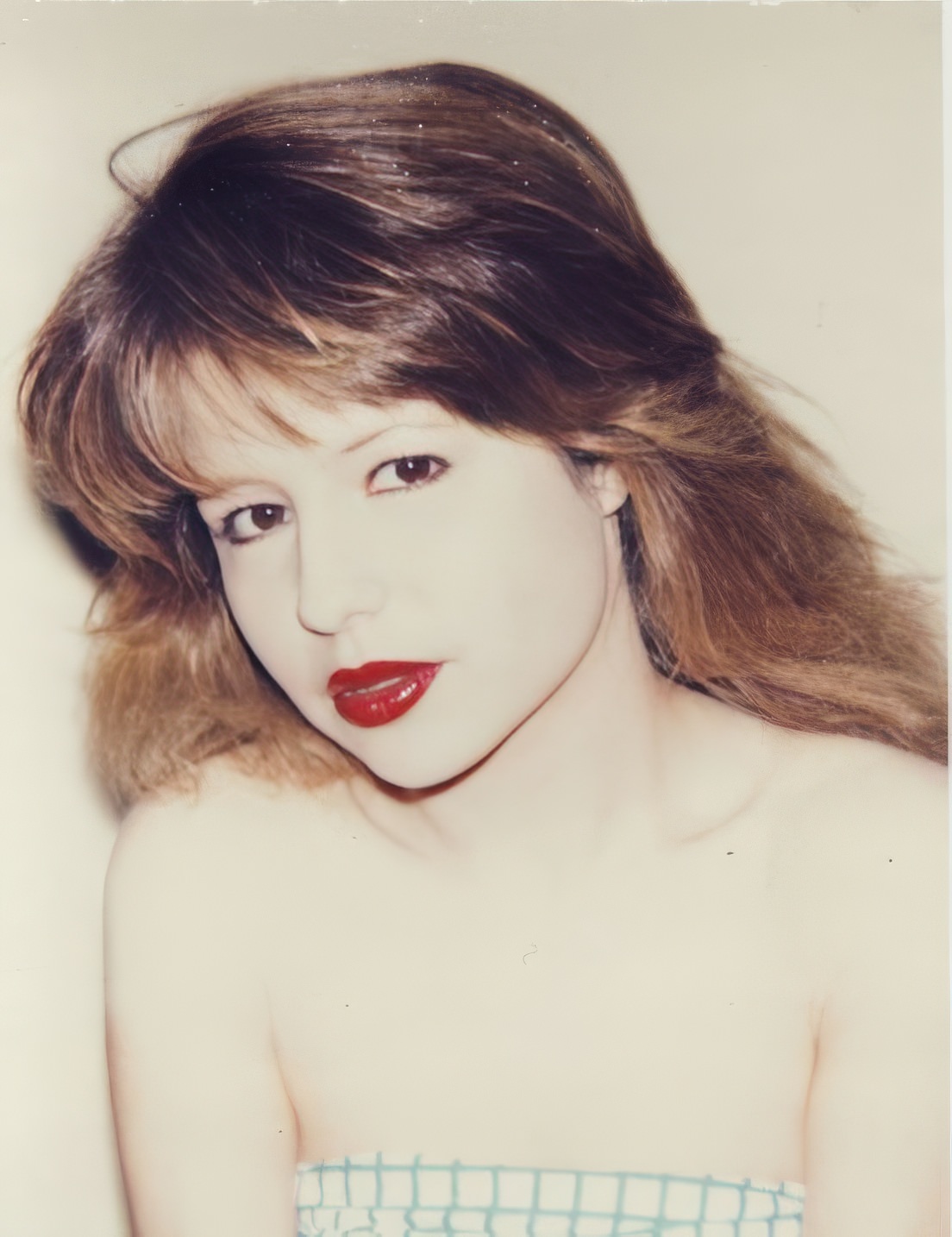
The Factory, with its silver-lined walls and constant influx of artists, musicians, and celebrities, was the perfect backdrop for the photoshoot with Zadora. Warhol, always the observer, used his lens to capture Zadora not just as a subject but as a symbol of the era’s eccentricities and extravagances. The images from this session reflect Warhol’s signature style—bold, candid, and subtly revealing the complexities of his subjects.
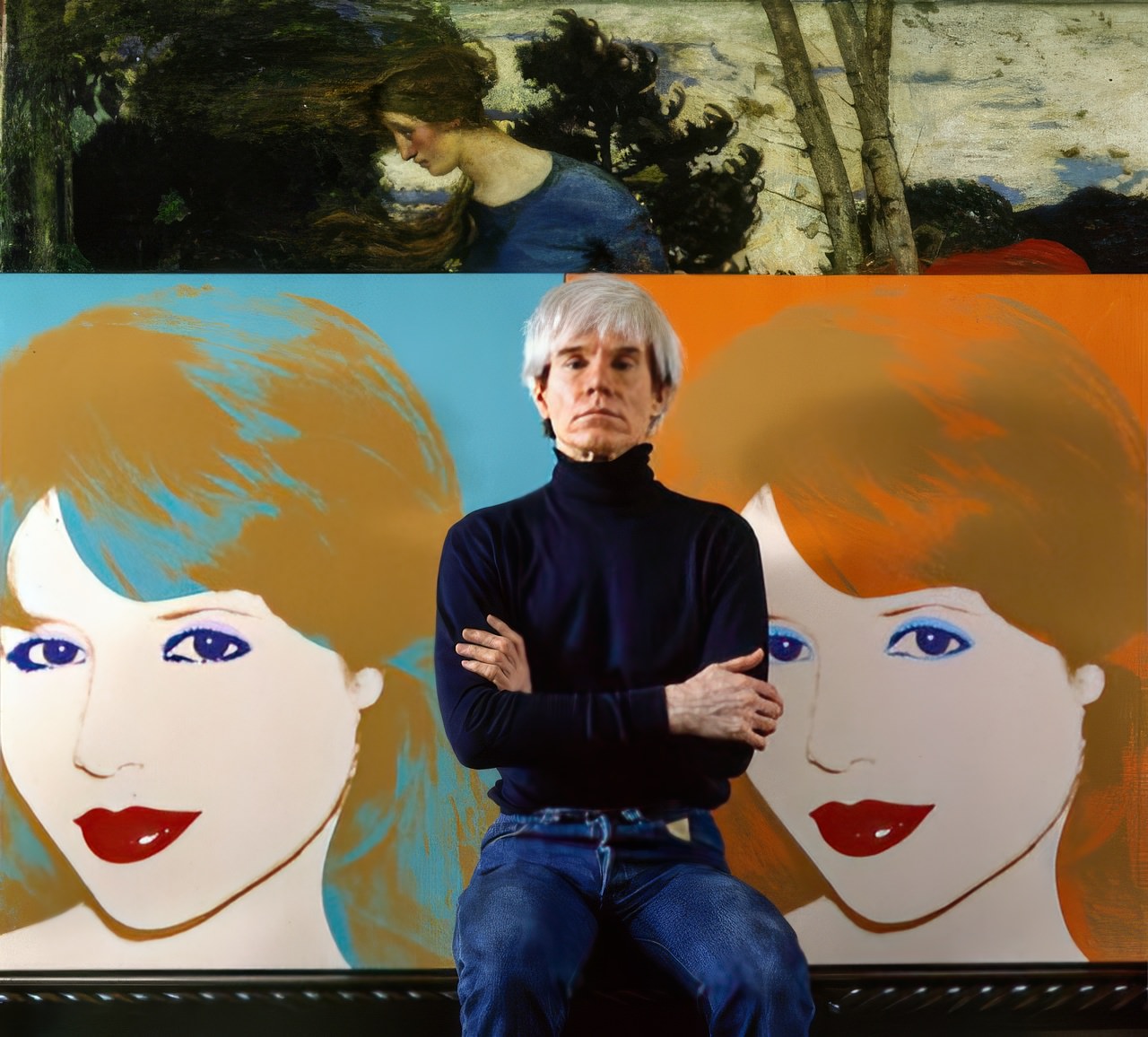
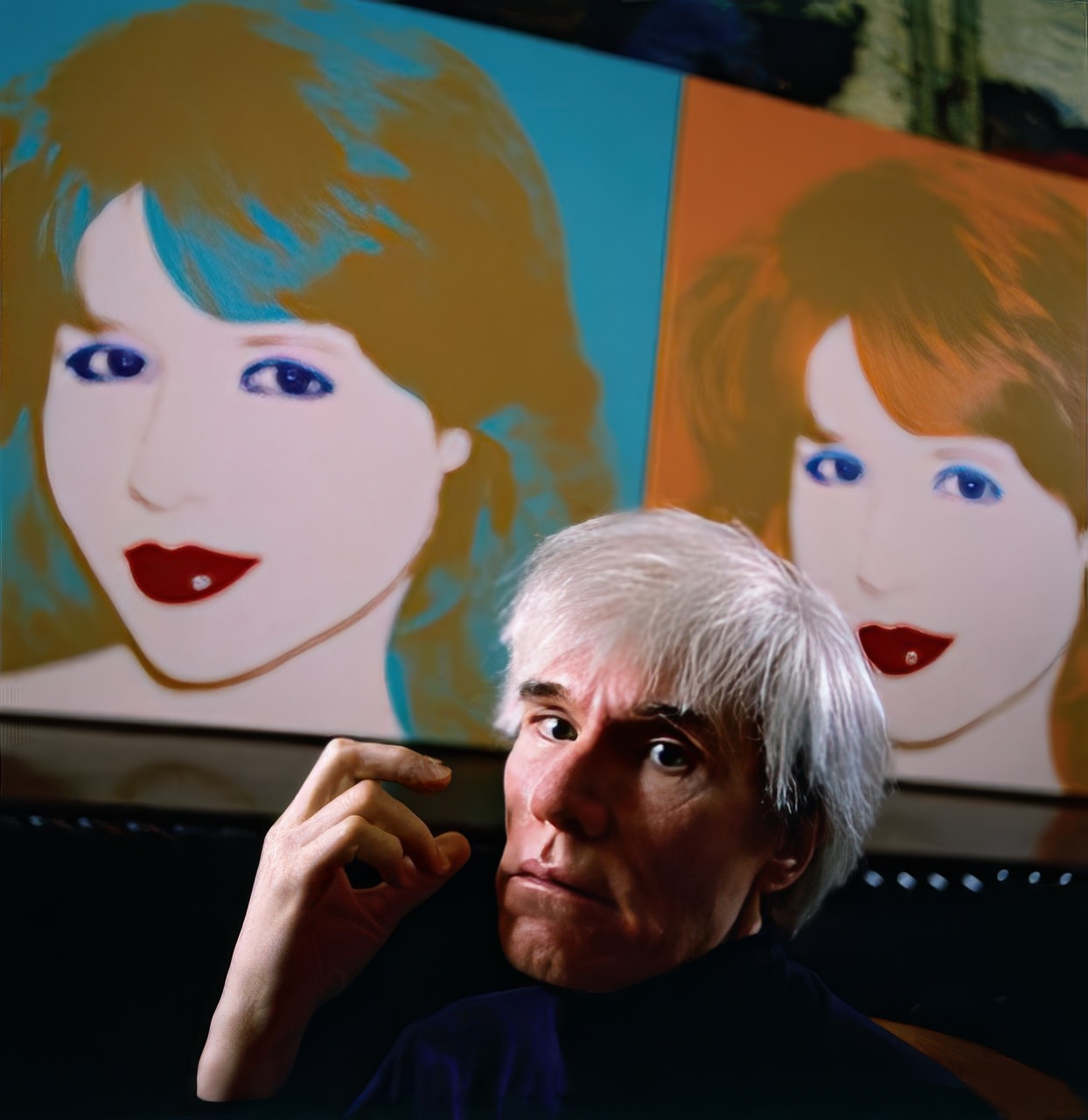
For Zadora, the photoshoot represented an acknowledgment from one of the art world’s most influential figures, a validation of her place in the cultural zeitgeist of the 1980s.
